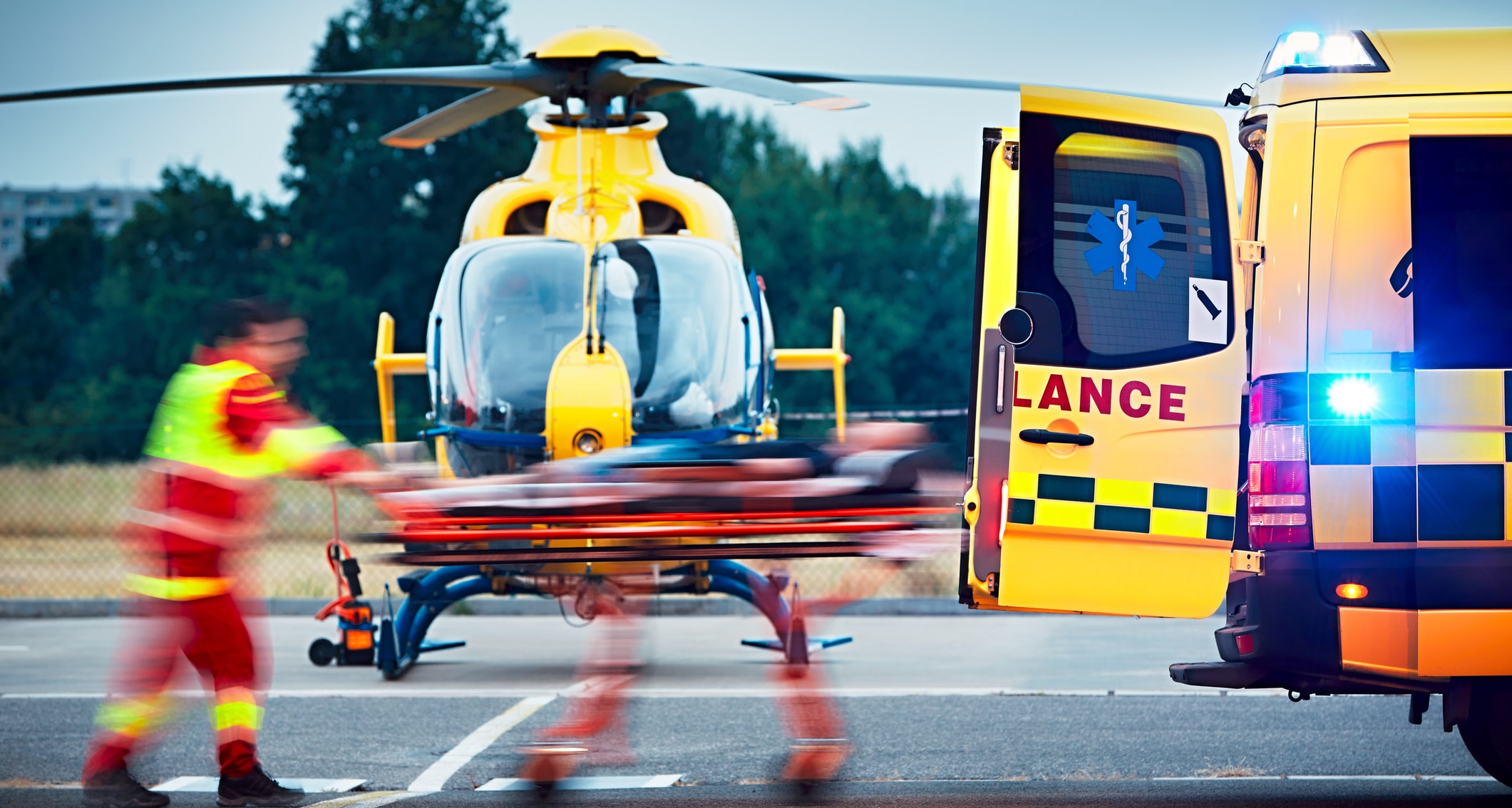Advanced emergency response planning and drills.
Advanced emergency response planning and drills are essential for organizations operating in high-risk environments or facing complex emergency scenarios. These advanced measures go beyond basic planning and drills to ensure that an organization can respond effectively to a wide range of emergencies. Here are key considerations for advanced emergency response planning and drills:

1. Hazard-Specific Response Plans:
- Develop detailed, hazard-specific response plans for different types of emergencies your organization may encounter. These plans should include specialized procedures, resources, and roles tailored to each hazard, such as chemical spills, fires, natural disasters, or security incidents.
2. Integrated Response Teams:
- Establish integrated response teams that bring together personnel with expertise in different areas, including safety, medical, security, and environmental management. These teams should be well-trained and capable of coordinating a multi-faceted response.
3. Command and Control Structures:
- Implement clear command and control structures, such as an incident command system (ICS), to ensure effective leadership and decision-making during emergencies. Define the roles and responsibilities of incident commanders, operations, planning, logistics, and other key positions.
4. Simulation and Scenario-Based Training:
- Conduct simulation-based training and scenario drills that replicate realistic emergency situations. Use advanced technology, such as simulation software or virtual reality, to create immersive training experiences.
5. Cross-Functional Exercises:
- Plan and execute exercises that involve multiple departments and external agencies, such as local emergency responders or regulatory authorities. These exercises simulate complex, large-scale incidents and test coordination among different entities.
6. Dynamic and Adaptive Drills:
- Organize drills that challenge responders to adapt to changing conditions and evolving scenarios. Introduce unexpected developments and obstacles to test their ability to make real-time decisions.
7. Communication Stress Tests:
- Evaluate the effectiveness of communication systems and protocols during drills. Create scenarios that disrupt or overload communication channels to assess how well teams can adapt and maintain effective communication.
8. Interoperability Testing:
- Ensure that equipment and systems from different suppliers and agencies can seamlessly work together during an emergency. Test interoperability between various communication systems, equipment, and software.
9. Off-Site Drills:
- Conduct drills off-site to evaluate the organization’s response capabilities in a remote or unfamiliar location, such as a backup facility or alternate office space.
10. Evacuation and Shelter-in-Place Exercises:
– Practice evacuation and shelter-in-place procedures under realistic conditions, including scenarios with limited mobility or access to external resources.
11. Resource Mobilization:
– Test the organization’s ability to rapidly mobilize and deploy resources, including personnel, equipment, and supplies, to support emergency response efforts.
12. After-Action Reviews:
– Conduct thorough after-action reviews (AARs) following each drill or exercise. Gather feedback from participants and stakeholders, and use this feedback to identify strengths and areas for improvement.
13. Continuity of Operations (COOP):
– Incorporate continuity planning into emergency response drills. Evaluate how well the organization can maintain essential functions during and after an emergency.
14. Regulatory Compliance:
– Ensure that advanced drills align with relevant regulatory requirements and industry standards. Verify that the organization’s response capabilities meet or exceed these standards.
15. Documentation and Reporting:
– Document all aspects of advanced drills, including objectives, scenarios, participant actions, and observations. Use this documentation to refine and update response plans and procedures.
16. Frequency and Realism:
– Conduct advanced drills and exercises regularly, considering the specific risks and needs of the organization. Realistic, challenging scenarios should be a priority.
17. Continual Improvement:
– Use the lessons learned from advanced drills to continually improve the organization’s emergency response plans, procedures, and capabilities.
Advanced emergency response planning and drills are critical for organizations that face complex and high-consequence risks. By practicing responses to a wide range of scenarios, organizations can enhance their readiness, coordination, and effectiveness in managing emergencies and protecting lives, assets, and reputation.
